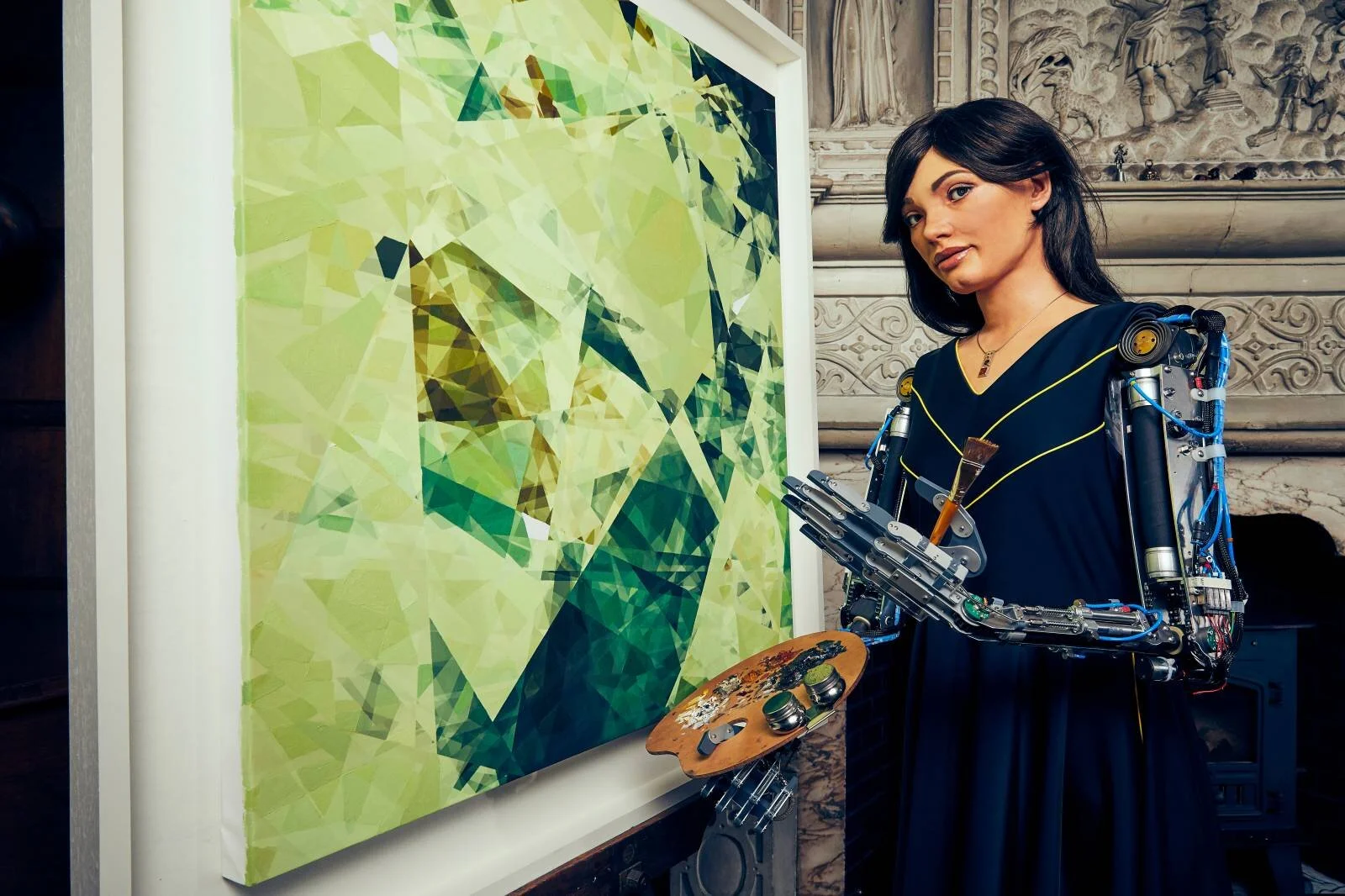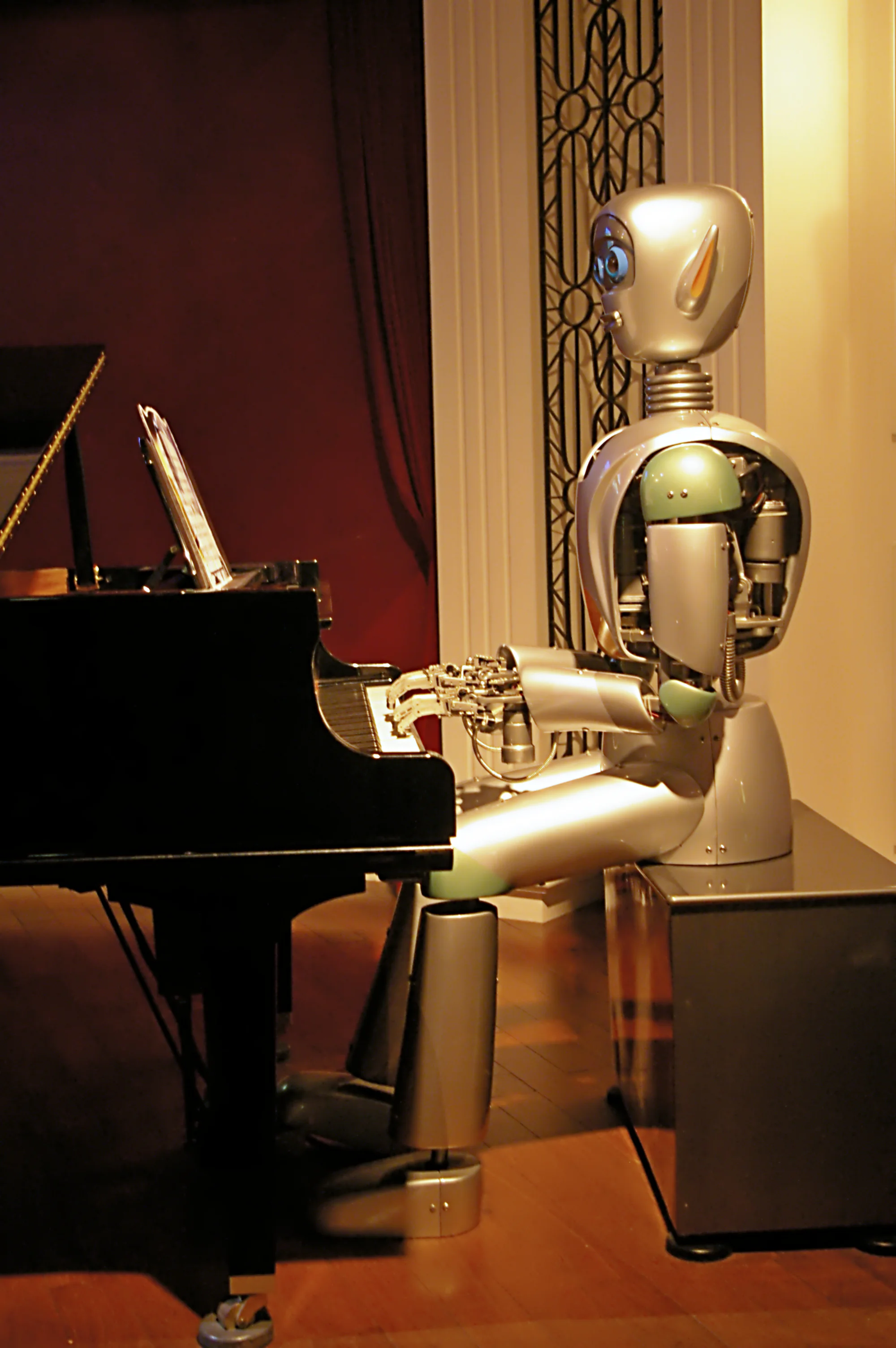Few innovations represent the intersection of humanity and technology more famously than that of the robot. Like art, robots are the result of humanity’s urge to create something new in its own image – and, also like art, they have become an inescapable part of our world. In a post-pandemic world whose inhabitants have become accustomed to virtual experiences, these robotic arts roles, including facilitating virtual museum visits, performing through a computer program rather than a script, and creating what maybe approaching original and creative art, are probably here to stay.
How Haptics Affect Human-Robot Interaction in Dance
Best of August Tech News for Arts Managers
Lights, Camera, Quadrotors!
The Future of CRMs: Five Up and Coming Features That Could Benefit Your Arts Organization
Artificial Intelligence And the Museum: An Introduction
Robotics, the Changing Nature of Work, and the Arts
5 Technologies with the Potential to Enhance Museum Experience
As new technologies emerge in the market, museums are able to enhance visitor experiences through innovative tools, allowing for increased accessibility and interaction with the visitors.
Here are five exciting technologies that are upending traditional notions at many museums across the world, and changing the way museums can present their exhibitions and in-gallery experiences.
#TBT: Highlighting New Media Art
While technology and art combine frequently to facilitate the practices of arts managers, they are simultaneously blending to create a whole new artform--new media art. All bets are off with this medium, as an array of tools, approaches and capabilities make it impossible to label as either visual or performance; in many cases, the art goes even farther and provides a social benefit to those who experience it. This week’s TBT provides managers with a roundup of the research we’ve done so far to start piecing together a picture of what new media art means for the future of management in all types of arts venues and forums.















